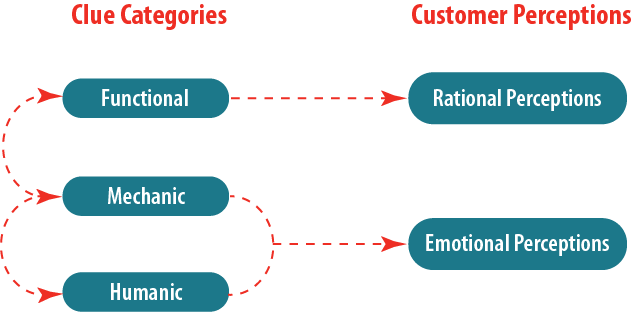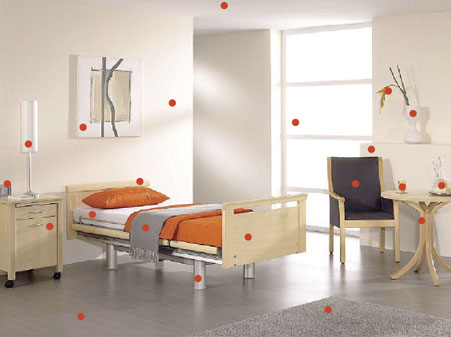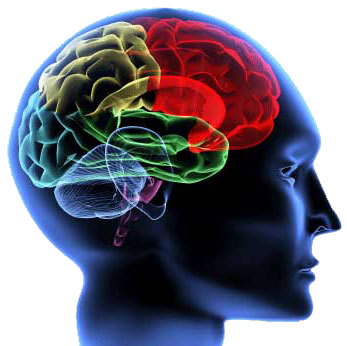
Users of a service behave like detectives (often unconsciously). We use our senses to detect information and then organize our perceptions into a set of feelings about a service. With the passage of time we incorporate additional informational clues and continuously update our perceptions, confirming- or perhaps changing – how we feel.
Professor Leonard Berry of Texas A&M University identified three categories of clues present in the service experience: functional, mechanic, and humanic. Success (or lack thereof) depends entirely upon how well these three categories are integrated, presented, and managed. Mayo Clinic invests in all three as if their patient’s lives depended on it (and they do).These clue categories are synergistic, but play specific roles in creating customers’ service experiences.
Functional Clues
Functional clues concern the “what” of the service experience- the customer’s rational perceptions of the experience. The primary role of functional clues is to strengthen a customer’s confidence in the reliability of service performance. Mayo Clinic’s focus on patient-first, collaboration, integrated technology, and destination medicine constitute its core functional clue base. As a result, customers have come to equate medical excellence with the Mayo Clinic.
Mechanic Clues
These comprise the tangible physical evidence that stand in for, or represent, the intangibles of a service. Mechanic clues are what make for a good first impression. They are often encountered before experiencing functional and humanic clues. At their best they make customers feel smart about engaging a service from the outset. These clues make implicit promises about the service, suggesting to customers what the service will be like.

For the Mayo Clinic, the entire physical setting experienced by patients is treated as a field of mechanic clues – clues designed and managed to reduce stress and reinforce the intended experience with consistency. Mechanic clues influence how customers feel about an experience as well as their perception of value.


Humanic Clues
Humanic clues are the “how” of a service. These are the clues arising from customer interactions with service providers that trigger emotional feelings and reactions. While functional clues are essential to meeting customer expectations of services, humanic clues are important in helping to exceed customer expectations. The positive impact of person to person communications resonates by the extension of respect and esteem to those served in a healthcare setting. Conveying humanic clues through empathetic behavior helps to reduce stress while strengthening patient trust and satisfaction.
Lessons for Architects
Services are performances. The customer’s interaction with an organization is laden with clues that tell the service story. As designers, our primary domain is mechanic clues; however, we need to be cognizant of the interdependence of all three clue categories in order to achieve successful outcomes.
While a service may be intangible, its essence is conveyed to customers in every aspect of the experience. Mayo Clinic has created a culture that invests in all three clue categories, attending not just to the big ones, but to the cumulative small clues that coalesce into “clue streams” accompanying customers throughout their experience.